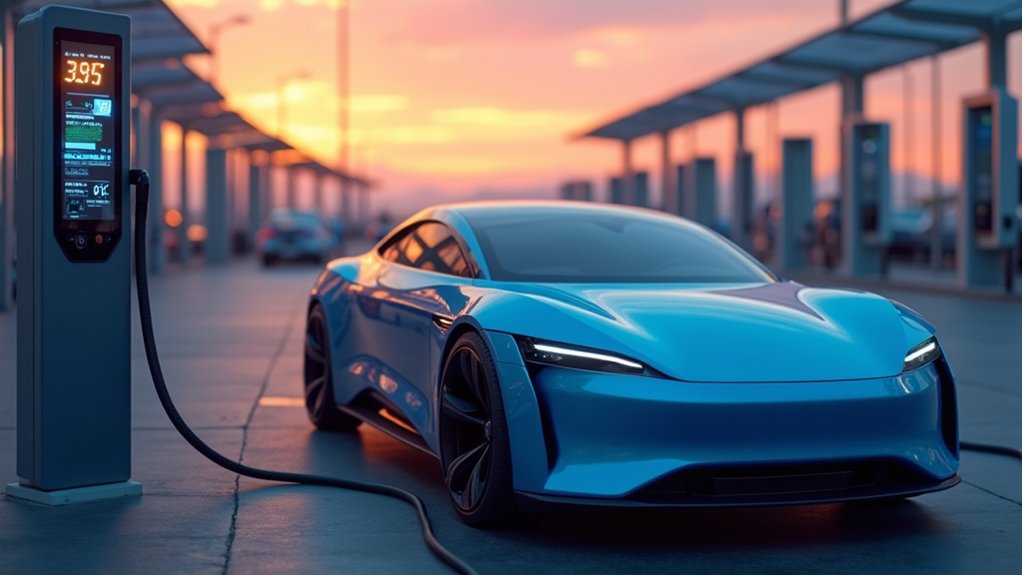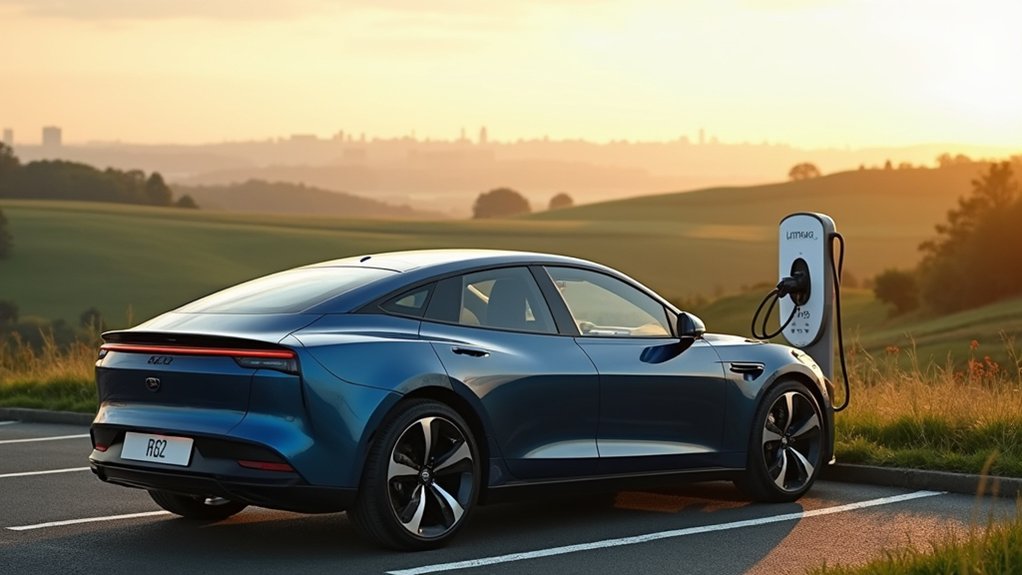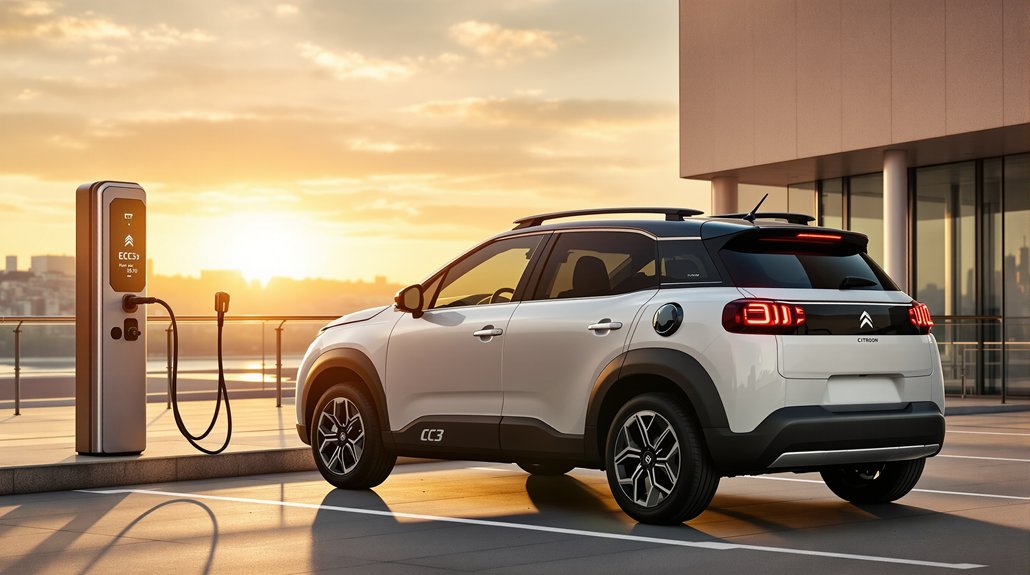Electric mobility is revolutionizing transportation through significant environmental and economic benefits. The shift to electric vehicles delivers substantial reductions in greenhouse gas emissions while offering lower operating costs compared to conventional vehicles. Global adoption is accelerating, led by Europe’s stringent emission standards and China’s market dominance. Despite challenges like charging infrastructure and initial costs, expanding applications across public transit, commercial vehicles, and micro-mobility solutions demonstrate the transformative potential of this sustainable transportation paradigm.

As the world grapples with climate change and rising environmental concerns, electric mobility has emerged as a transformative force in the transportation sector. The shift toward electrification brings substantial environmental benefits, including significant reductions in greenhouse gas emissions and the elimination of tailpipe pollutants that contribute to poor air quality in urban areas.
Technological innovations continue to drive the evolution of electric vehicles, with advanced battery technologies leading the charge. Solid-state batteries promise enhanced energy density and improved range capabilities, while regenerative braking systems optimize energy efficiency. The integration of artificial intelligence for route optimization and emerging wireless charging solutions demonstrate the industry’s commitment to innovation. The Battery Management System ensures optimal performance and longevity of electric vehicle power sources.
Despite promising advancements, several challenges persist in the widespread adoption of electric mobility. Limited charging infrastructure, particularly in rural areas, remains a significant barrier, while the initial purchase costs of EVs continue to deter some consumers. The environmental impact of battery production and concerns about raw material extraction require careful consideration and sustainable solutions. Strategic placement of charging stations along highways helps address range anxiety concerns for long-distance travelers.
The economic landscape of electric mobility presents compelling advantages for consumers and nations alike. Lower fuel and maintenance costs offset higher upfront expenses, while government incentives further enhance affordability. The sector generates employment opportunities across various industries, from battery manufacturing to charging infrastructure development. The declining costs of lithium-ion batteries continue to drive down EV prices, making them increasingly competitive with conventional vehicles. Electric vehicles can provide additional value through Vehicle-to-Grid technology, allowing owners to sell electricity back during peak demand periods.
Electric mobility applications now extend far beyond passenger vehicles. Electric buses revolutionize public transportation, while micro-mobility solutions like e-scooters transform urban commuting. The development of electric heavy-duty vehicles addresses the commercial sector’s needs, and emerging technologies in aviation and maritime transport promise to extend electrification’s reach to long-range applications.
Global adoption patterns reveal regional variations, with Europe leading in EV penetration rates due to stringent emission standards and robust incentive programs. China maintains its position as the world’s largest EV market, while the United States rapidly expands its charging infrastructure to support growing adoption rates.
Frequently Asked Questions
How Do Solar-Powered Charging Stations Impact the Future of Electric Vehicles?
Solar-powered charging stations greatly advance EV adoption by providing sustainable, grid-independent power solutions.
These stations reduce operational costs through free solar energy while addressing range anxiety with expanded charging networks.
The integration of energy storage systems and smart charging technologies enables reliable 24/7 operation despite weather variations.
Recent innovations in V2G capabilities and modular designs further enhance charging infrastructure flexibility and grid stability.
When Will Wireless Charging Roads Become Widely Available for Electric Vehicles?
Wireless charging roads are projected to achieve widespread availability between 2030-2035, aligning with major EV adoption targets.
Current pilot projects in Michigan, Sweden, and Florida are laying essential groundwork, but full implementation faces significant hurdles.
Infrastructure costs, estimated at $3.5-4.5 million per mile, standardization requirements, and technology optimization must be addressed.
Early adoption will likely focus on urban corridors and major highways before expanding to secondary routes.
What Role Will Artificial Intelligence Play in Electric Vehicle Navigation Systems?
Artificial intelligence serves as the cornerstone of modern EV navigation systems, integrating real-time traffic data, charging station availability, and route enhancement.
AI algorithms analyze multiple parameters including battery consumption, weather conditions, and driving patterns to suggest ideal routes.
The technology enables predictive capabilities for identifying potential delays, while machine learning continuously refines navigation accuracy based on historical data and user preferences.
How Will Electric Mobility Affect the Job Market in Traditional Auto Industries?
Electric mobility is greatly reshaping traditional automotive employment patterns.
While ICE-related jobs face decline, particularly in engine manufacturing and maintenance, new opportunities are emerging in battery production, charging infrastructure, and specialized engineering roles.
Industry analysis indicates a net positive job creation, though requiring substantial workforce reskilling.
Traditional auto workers must shift to EV-specific skills, with battery technology, power electronics, and charging systems becoming essential competencies.
Can Electric Vehicles Be Recycled, and What Happens to Their Batteries?
Electric vehicles and their batteries are highly recyclable through specialized processes.
Modern recycling facilities recover up to 90% of critical metals like cobalt, nickel, and lithium using hydrometallurgical or mechanical separation methods.
Batteries that retain 70-80% capacity can serve second-life applications in energy storage systems.
EU regulations mandate 50% recycling of total battery weight, increasing to 70% by 2030, while promoting responsible end-of-life management through established protocols.









